I have the following data that I would like to pivot and get a count based on the pivoted results.
DECLARE @tempMusicSchoolStudent TABLE
(school VARCHAR(50),
studentname VARCHAR(50),
instrumentname VARCHAR(255),
expertise INT)
INSERT INTO @tempMusicSchoolStudent(school, studentname, instrumentname, expertise)
SELECT 'Foster','Matt','Guitar','10'
UNION
SELECT 'Foster','Jimmy','Guitar','5'
UNION
SELECT 'Foster','Jimmy','Keyboard','8'
UNION
SELECT 'Foster','Ryan','Keyboard','9'
UNION
SELECT 'Midlothean','Kyle','Keyboard','10'
UNION
SELECT 'Midlothean','Mary','Guitar','4'
UNION
SELECT 'Midlothean','Mary','Keyboard','7'
Raw data:
I'd like the results to look like the data below....
I got this data using the sql query below. The problem with this query is that I have a dynamic amount of instruments (I've only shown 2 in this example for simplicity sake). I'd like to use pivot because it will be cleaner dynamic sql. Otherwise I would have to dynamically left join the table to itself for each instrument.
SELECT
t.school, t.instrumentname, t.expertise,
t1.instrumentname, t1.expertise,
COUNT(DISTINCT t.studentname) [DistinctStudentCount]
FROM
@tempMusicSchoolStudent t
LEFT JOIN
@tempMusicSchoolStudent t1 ON t1.school = t.school
AND t1.studentname = t.studentname
AND t.instrumentname <> t1.instrumentname
GROUP BY
t.school, t.instrumentname, t.expertise, t1.instrumentname, t1.expertise
ORDER BY
t.school, t.instrumentname, t.expertise, t1.instrumentname, t1.expertise
If anyone has any ideas on how I can do this in a cleaner way than dynamically left joining the table to itself it would be much appreciated. Thanks.

